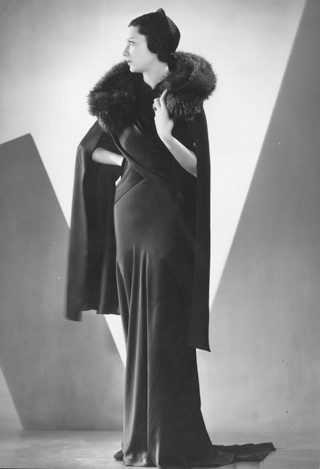
I need to be honest about something.
Over the past year, I spent a lot of time in the IIT Archives in the lower level of Paul V. Galvin Library on Mies Campus, secretly hoping I might end up being the person who discovered a famous (or infamous) student whose former presence in our classrooms would come as a surprise (or shock) to today’s university community. As the co-chair of IIT’s 125th-anniversary celebration along with Betsy Hughes, vice president of Institutional Advancement, I went to the archives looking for stories about people, places, and things associated with Illinois Tech’s history that for whatever reason, had remained hidden from view or were otherwise lost for more than a century.
I figured, if I were lucky, I might find another Martin “Marty” Cooper (EE ’50, M.S. ’57), widely acknowledged as the father of the handheld cellular phone, or a Marvin Camras (EE ’40, M.S. ’42), whose research made magnetic tape recording possible, or even a Susan Solomon (CHEM ’77), whose findings confirmed the presence of the ozone hole over Antarctica. In other words, I went looking for a previously unsung engineer or a scientist whose work had been overshadowed or under-appreciated.
Instead I found a former editor of the French edition of Vogue magazine, a haute couture designer whose dresses, suits, and gowns were worn by Hollywood and European royalty. His name was Main Rousseau Bocher, also known as Mainbocher, and he studied at Lewis Institute, one of the forerunners of Illinois Tech, in 1907.
The IIT Archives was not the place where I first ran across his name. My late mother-in-law, a stylish woman whose husband was an auto industry executive in the 1970s, gave me a gift one Christmas that was life-changing and eye-opening: a subscription to Women’s Wear Daily. The bible of fashion, it remains chock full of the latest comings and goings of designers from fashion houses in the United States and Europe—and where I first read about Mainbocher.
I knew him as the man who had designed Wallis Simpson’s wedding dress for her marriage to Edward VIII as well as the uniforms for the World War II WAVES in 1942, the American Girl Scouts in 1946, and the U.S. Marine Corps Women’s Reserve in 1951. Mainbocher’s clients, including the actors Loretta Young and Claudette Colbert as well as C. Z. Guest and other New York society matrons, idolized him for his ability to make them look “well-bred.” His clothes reflected his deep understanding of what his clients wanted and how they wanted to be seen. Luxurious fabrics, quality workmanship, and cuts that flattered without shouting were Mainbocher’s hallmarks.
For the next 40 years, I would remember his name. Perhaps it was that his suits seemed to embody the elegance and grace associated with understated affluence or that the models wearing his gowns always appeared to be confident, albeit a bit remote. Maybe it was his designs, which were captured by some of the world’s most legendary photographers. Or was it that he had fashioned for himself a life that took him beyond the edges of his middle-class, Midwestern family into a world of which most of us can only dream?
Whatever the reason I now will proudly be able to tell people that Mainbocher is one of IIT’s own and another fascinating, compelling, and exciting personality from the university’s illustrious past.